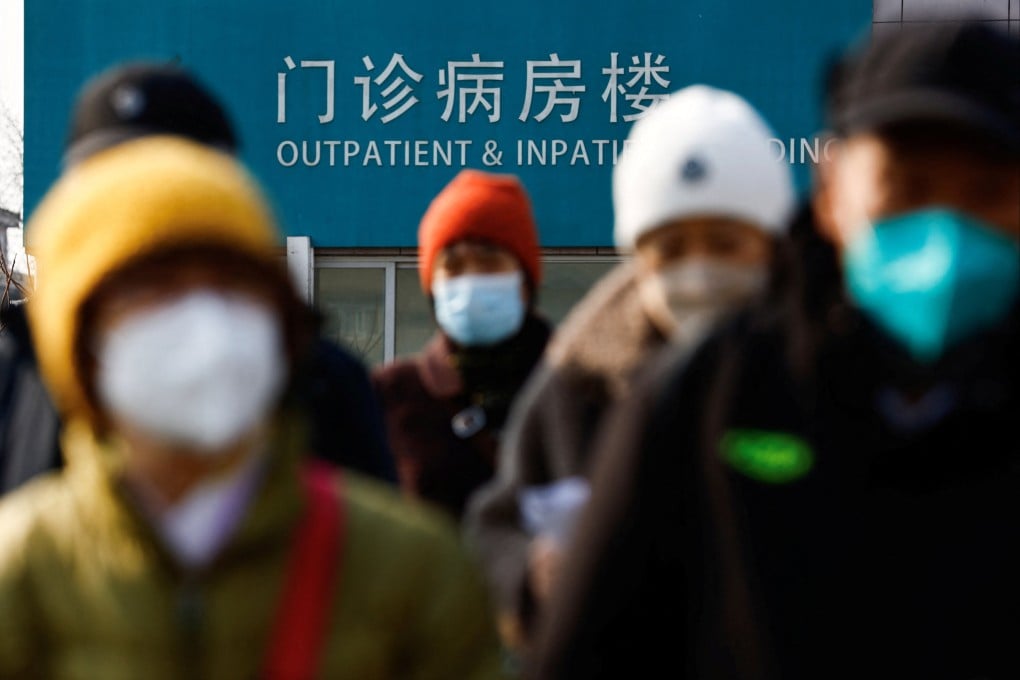The View | Done right, China’s healthcare reforms could boost the economy and more
- Beyond a corruption crackdown, a structural reconfiguration of the healthcare system would unleash the consumption long suppressed by the need to save for costly medical bills
- It would also build confidence, improve social stability, boost the government’s standing and, perhaps, even encourage births

Although the US spends more than 18 per cent of its gross domestic product on healthcare, far above many other countries, it was ranked last out of 11 of the world’s richest countries in a 2021 Commonwealth Fund survey of healthcare systems. Among the rich countries the fund studied, the US was the only one without universal healthcare.
To make sense of this level of government health spending, we can look at Australia, whose healthcare system ranked third in more than one survey. Australia’s health spending was 10.7 per cent of its GDP in 2020-21 – about 50 per cent higher than China’s. But over 70 per cent of this health expenditure came out of government funds, comprising about 7.5 per cent of GDP. Compared to China, as a proportion of the economy, the government in Australia spent almost four times as much on the health of its people.
There are plenty of healthcare role models in Asia, such as South Korea, Japan, Singapore and Taiwan – which was recently ranked as having the best healthcare in the world in a magazine survey of 110 countries and territories. Taiwan delivers its universal single-payer healthcare services primarily through the private sector.

